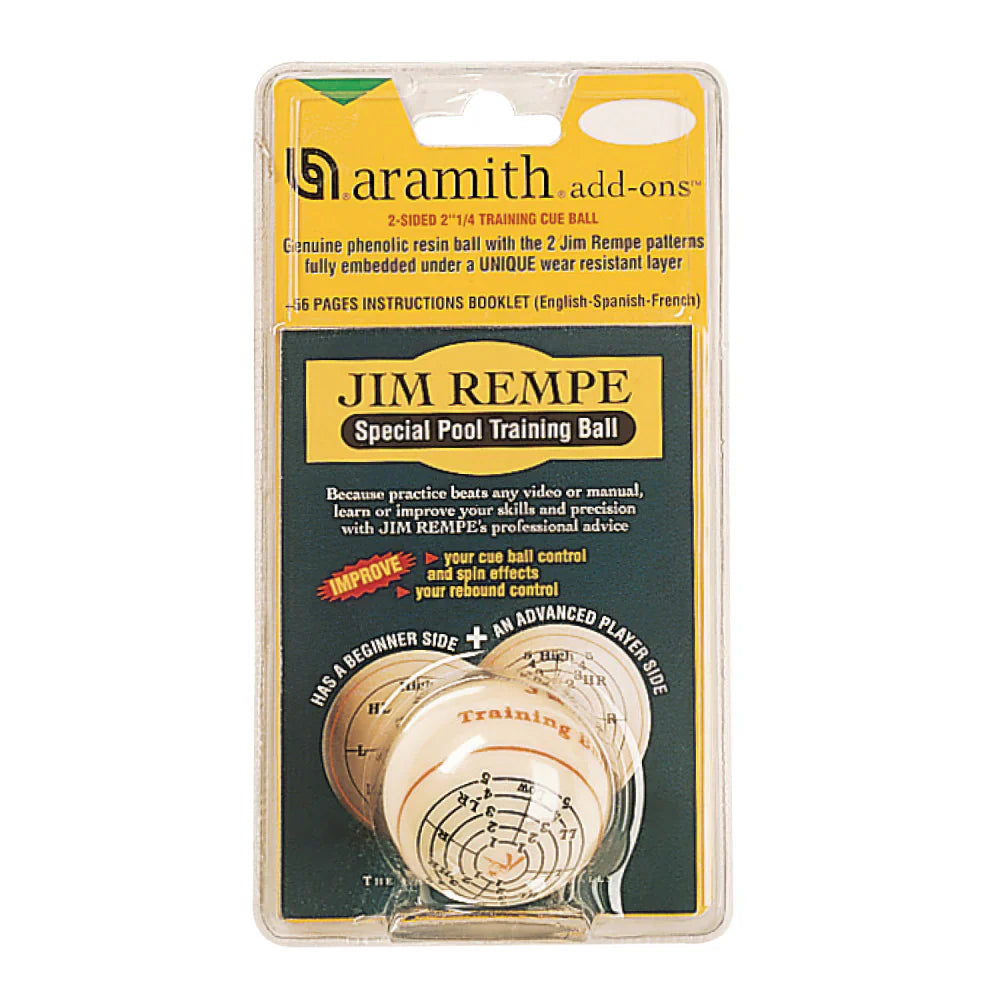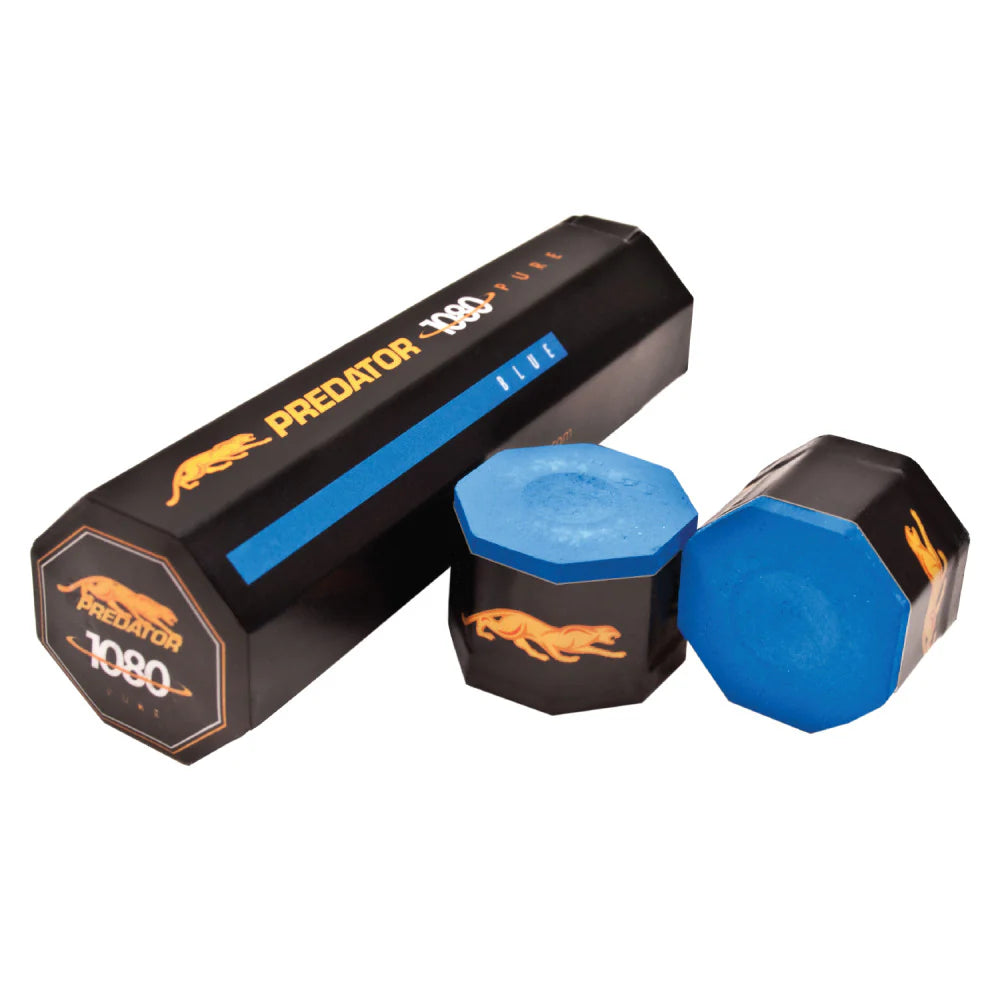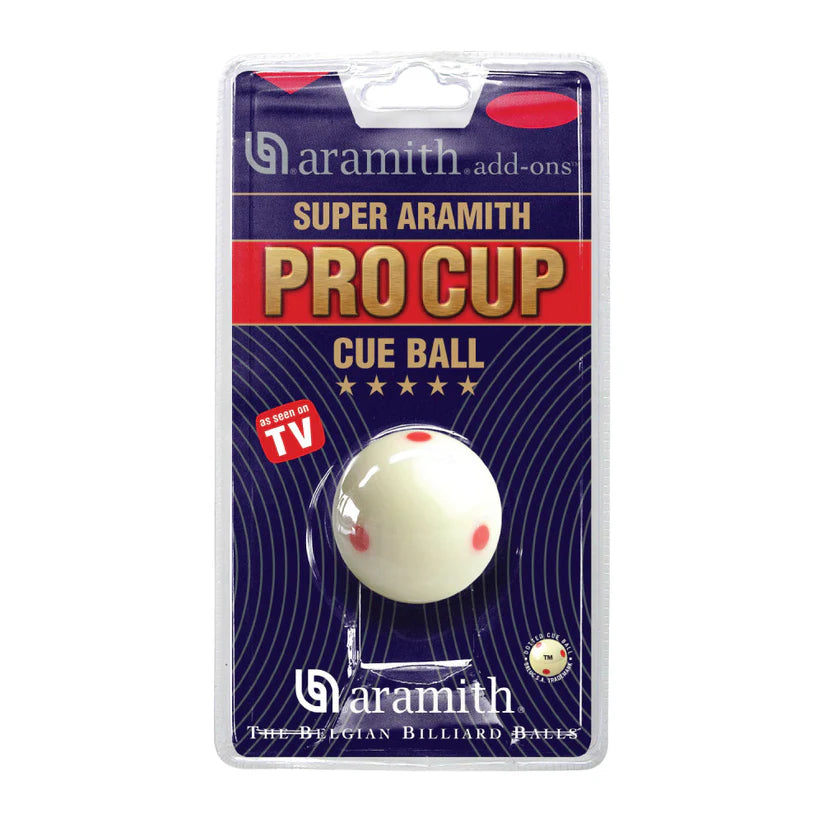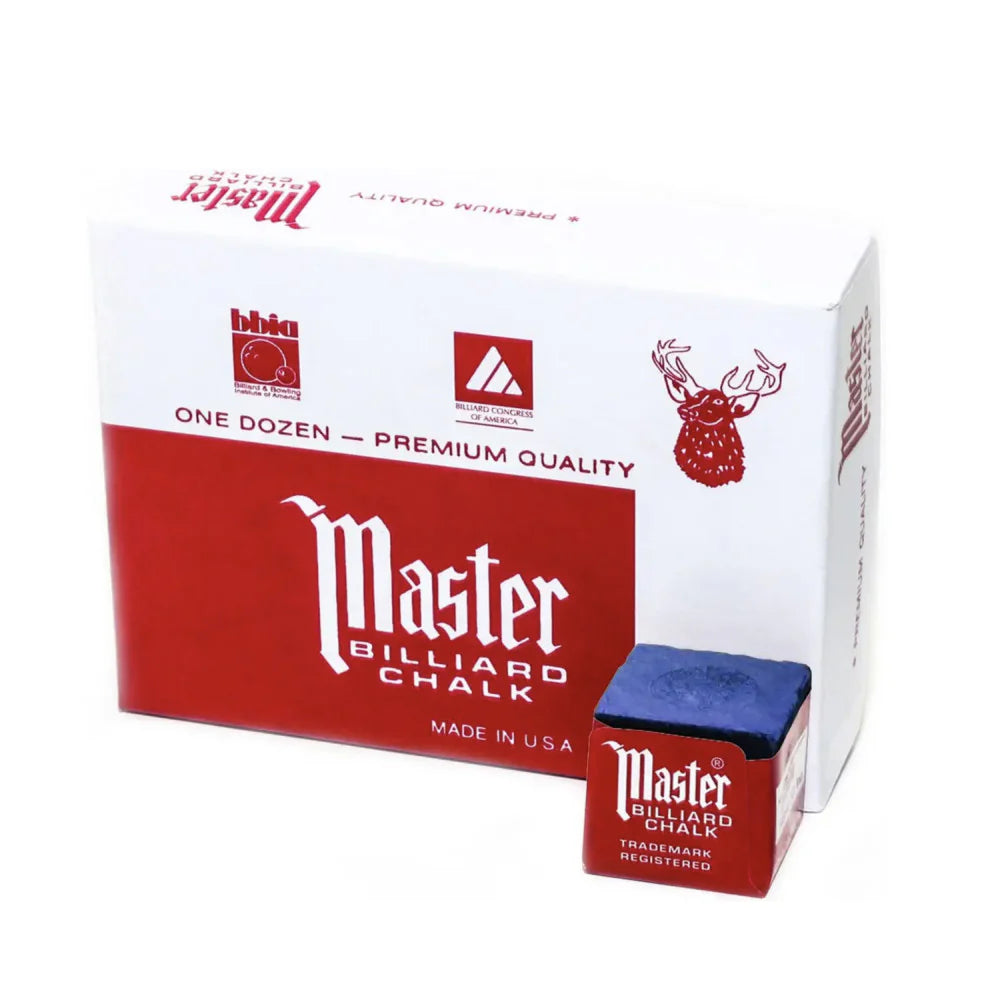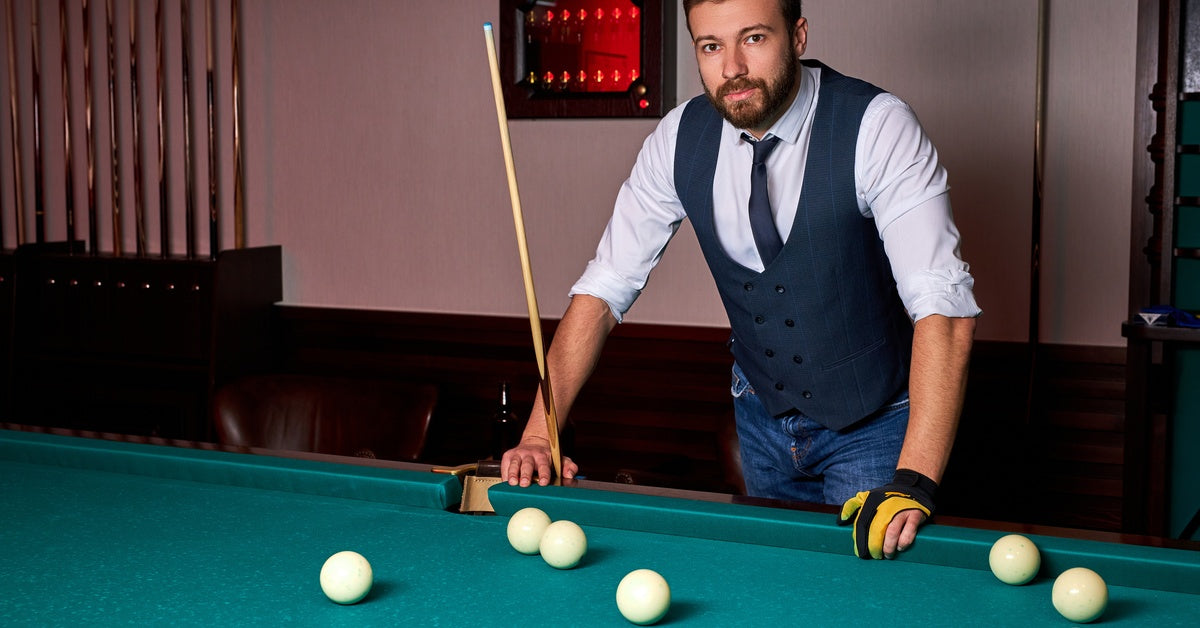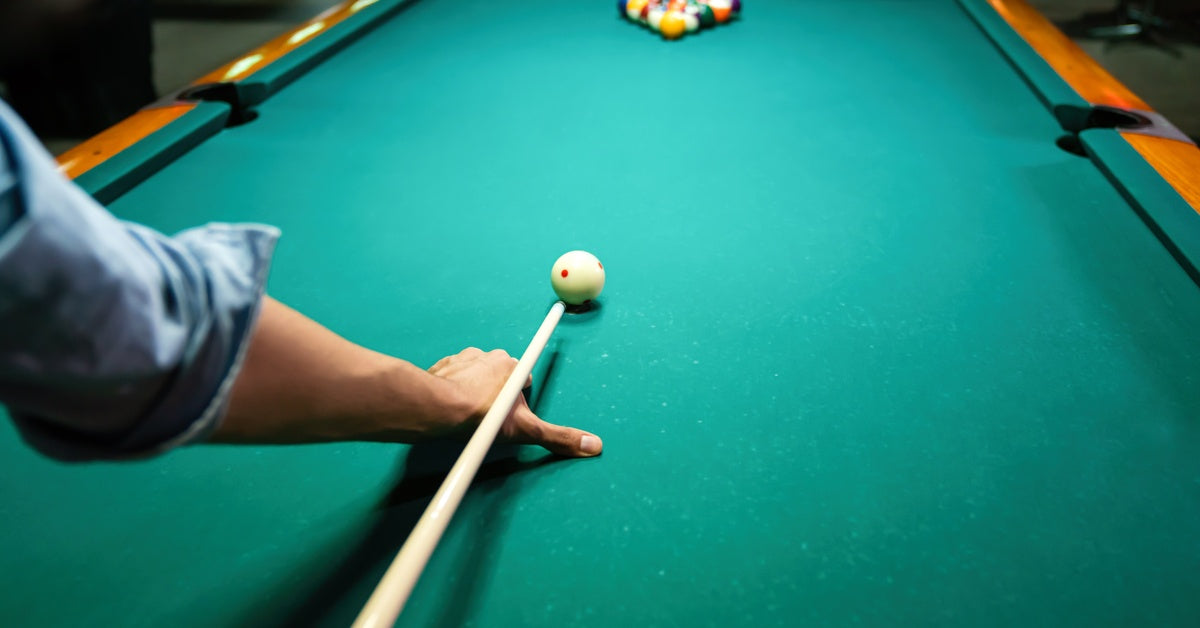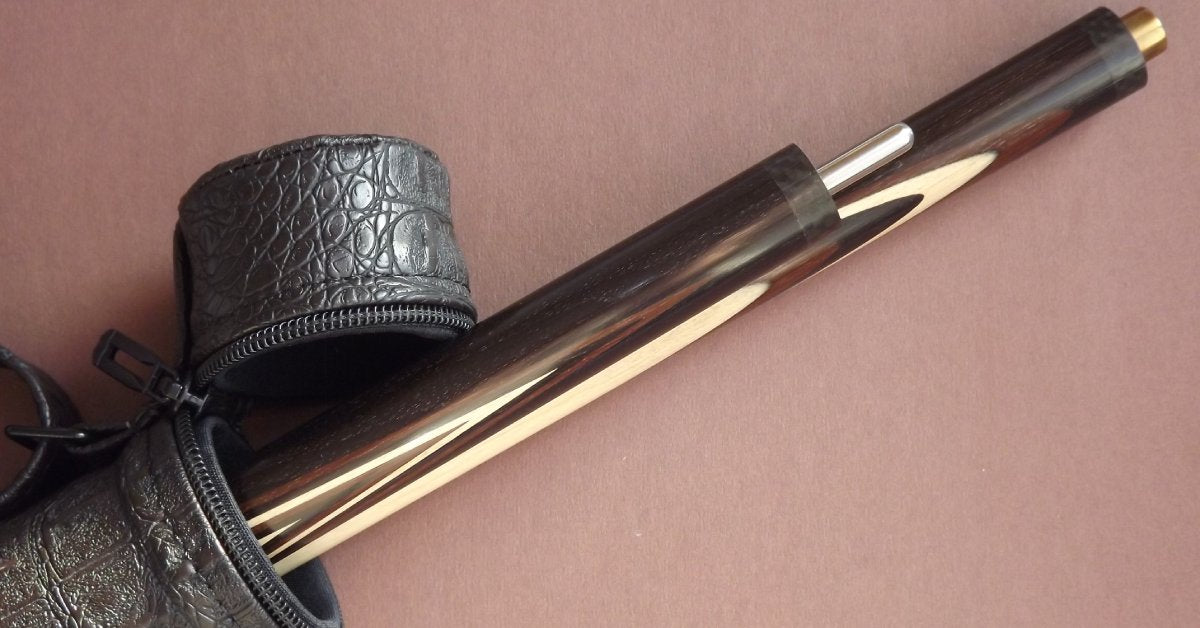Choosing the right pool cue can dramatically transform your game. While beginners might grab any stick from the rack, seasoned players understand that a high-quality cue becomes an extension of their skill and strategy. Professional players invest considerable time and money into finding their perfect match, knowing that the right equipment can mean the difference between a good shot and a great one.
The journey to finding your ideal cue involves understanding the intricate details that separate amateur equipment from professional-grade tools. Every component, from the weight distribution to the joint construction, plays a crucial role in how the cue performs under pressure. These eleven essential factors that pros look for in high-end cues will guide you toward making an informed decision that elevates your playing experience and helps you achieve consistent, precise shots.
1. Cue Weight: Finding Your Sweet Spot
Professional players typically gravitate toward cues in the 18–21-ounce range, though personal preference and playing style ultimately determine the ideal weight. A heavier cue delivers more power behind your shots, making it excellent for breaking or when you need to drive balls across the table with authority. Conversely, lighter cues offer superior control and finesse, allowing for more delicate position play and precise shot-making.
Testing different weights helps you discover what feels natural in your hands. Many pros start with a 19-ounce cue as a baseline, then adjust based on their developing preferences and the demands of their playing style.
2. Cue Length: Custom Fit for Optimal Performance
Standard cues measure approximately 58 inches, and while many consider it to be a one-size-fits-all approach, not everyone agrees. Some taller players benefit from longer cues to maintain proper stance and bridge position, while shorter players might find better control with a slightly smaller one.
Your arm length, preferred stance, and bridge style all influence the optimal cue length. An appropriately sized cue allows you to maintain consistent form without stretching or cramping, leading to more accurate shots and reduced fatigue during extended play sessions.
3. Shaft Material: The Foundation of Precision
Most professional cues feature maple wood shafts, prized for their consistent grain structure and reliable performance. However, advanced players increasingly choose low-deflection shafts or carbon fiber options for enhanced accuracy and reduced cue ball deflection.
Low-deflection shafts minimize the sideways movement of the cue ball when applying English, making it easier to predict ball paths and execute complex shots. Carbon fiber shafts take this concept further, offering exceptional consistency and durability while virtually eliminating deflection concerns.
4. Tip Type and Size: Where Precision Meets Control

The tip represents the most critical contact point between you and the cue ball, making it a crucial factor that pros consider when buying a high-end cue. The best players typically choose medium or hard tips for their durability and precision, with tip sizes ranging from 11 to 14 millimeters based on their desired control level.
Smaller tips provide greater precision for delicate shots but require more accuracy in your stroke. Larger tips offer more forgiveness and power transfer but sacrifice some fine control. Many pros start with a 13 mm tip as it provides an excellent balance between control and forgiveness.
5. Balance Point: Achieving Natural Feel
A well-balanced cue feels effortless in your hands, allowing for smooth, consistent strokes without fighting the equipment. Professional players test the balance point extensively to ensure it complements their grip style and stroke mechanics.
For those who haven’t paid attention to this aspect before, the balance point affects how the cue moves through your bridge hand and influences the overall feel during your stroke. A cue balanced too far forward feels heavy and cumbersome, while one balanced too far back can feel unstable and difficult to control.
6. Joint Type: Solid Connection for Consistent Performance
If the professional pool cue you’re considering splits in half, you’ll want to make sure you get one with the joint type you prefer. This part connects the shaft and butt, and it significantly impacts how the cue feels and performs. Steel joints provide a solid, firm hit with excellent power transfer, making them popular among players who prefer direct feedback from their shots.
Wood-to-wood joints offer a softer, more muted feel that some players find more comfortable and natural. The choice between these joints often comes down to personal preference and the type of feedback you want from your cue during play.
7. Wrap Material: Comfort and Grip Security
The wrap material directly affects your comfort and grip security during play. Professional players choose from leather wraps, linen wraps, or no wrap at all, depending on their hand preferences and playing conditions.
Leather wraps provide excellent grip and moisture absorption, making them ideal for players with sweaty hands or those playing in humid conditions. Linen wraps offer a different texture and feel. However, you don’t always need a wrap. Some pros prefer the smooth, natural wood feel of an unwrapped cue.
8. Taper Style: Stroke Consistency and Feel
The shaft’s taper significantly influences how the cue feels during your stroke and affects your overall consistency. Many professional players might prefer the standard pro taper, which maintains a consistent diameter for most of the shaft length, but there’s also the conical taper that gradually widens toward the butt.
Pro tapers provide a more uniform feel throughout the stroke, while conical tapers offer a traditional feel that many players find familiar and comfortable. Your choice should align with your stroke style and personal preferences.
9. Durability and Maintenance: Long-Term Investment Protection

Professional-grade cues represent significant investments, making durability and maintenance considerations crucial factors. Fortunately, quality cues resist warping, maintain their structural integrity under regular use, and age gracefully with proper care.
You should look for cues constructed with seasoned woods, quality joints, and professional-grade finishes. These features ensure your cue will perform consistently across countless games while maintaining its appearance and value over time.
10. Brand Reputation: Proven Excellence and Innovation
Established brands like Meucci, McDermott, and Lucasi have earned their reputations through decades of innovation and quality craftsmanship. Professional players often gravitate toward these trusted manufacturers because of their consistent quality control, customer support, and ongoing product development.
These brands invest heavily in research and development, continuously improving their products based on feedback from professional players and advancing technology. Choosing a reputable brand ensures you’re getting equipment that meets the highest standards of performance and reliability.

